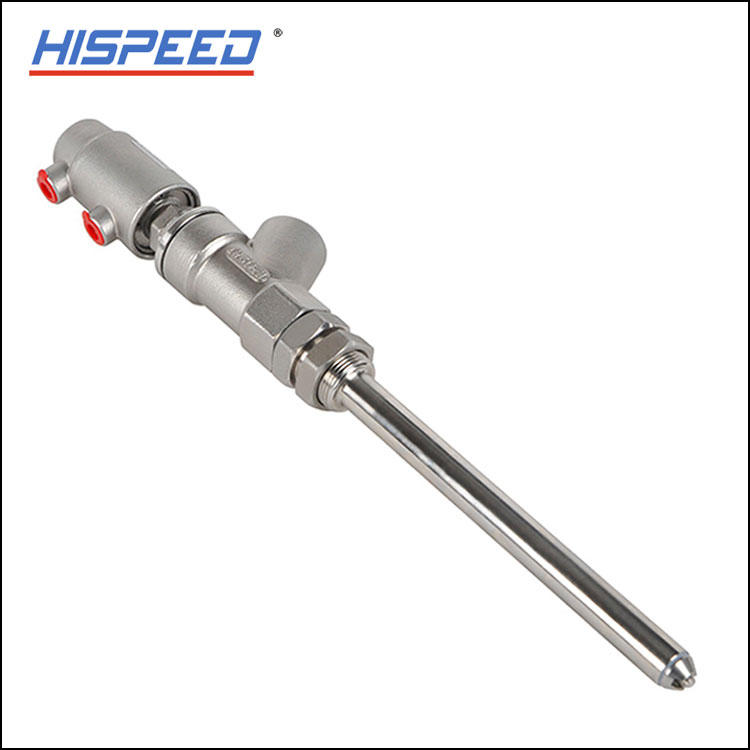Considerations for stainless steel filling valves
2024-01-15
A stainless steel filling valve is a component commonly used in various industrial processes, particularly in applications involving the filling or dispensing of liquids or gases. The use of stainless steel in the construction of filling valves offers corrosion resistance, durability, and suitability for sanitary applications. These valves are found in industries such as food and beverage, pharmaceuticals, chemicals, and more.
Key features and considerations for stainless steel filling valves include:
1. Material:
- Stainless steel is chosen for its corrosion resistance, strength, and hygienic properties. The material is well-suited for applications where contact with liquids or gases requires a non-reactive and sanitary surface.
2. Valve Type:
- Filling valves can come in various types, including ball valves, diaphragm valves, and needle valves, depending on the specific requirements of the filling process.
3. Design and Construction:
- The design of stainless steel filling valves is often tailored to the specific industry and application. Common features include a robust construction, precision machining, and a smooth surface finish to meet hygiene standards.
4. Hygienic Applications:
- Stainless steel filling valves are commonly used in hygienic applications where cleanliness and sterility are critical, such as in the food and pharmaceutical industries. The smooth surface of stainless steel is easy to clean and resistant to bacterial growth.
5. Corrosion Resistance:
- Stainless steel provides excellent resistance to corrosion, making it suitable for use with a wide range of liquids and gases, including corrosive substances.
6. Pressure and Temperature Ratings:
- Filling valves must be selected based on their compatibility with the pressure and temperature conditions of the specific application. Stainless steel filling valves are often capable of handling high pressures and temperatures.
7. Size and Flow Capacity:
- The size of the filling valve, including the diameter of the inlet and outlet, and the flow capacity, should be chosen to match the requirements of the filling process.
8. Actuation Mechanism:
- Depending on the design, filling valves may be manually operated or actuated by pneumatic, electric, or hydraulic mechanisms. The choice depends on the level of automation required in the process.
9. Sealing Mechanism:
- The sealing mechanism of the valve is crucial for preventing leaks. Various types of seals, such as O-rings or diaphragms, may be used to ensure a tight seal when the valve is closed.
10. Compliance with Standards:
- Filling valves used in certain industries, such as food and pharmaceuticals, may need to comply with specific industry standards and regulations, such as FDA (Food and Drug Administration) or EHEDG (European Hygienic Engineering & Design Group) guidelines.
11. Ease of Maintenance:
- Consideration should be given to the ease of maintenance and disassembly for cleaning or repairs. Some valves are designed for quick and straightforward maintenance procedures.
Stainless steel filling valves are integral components in manufacturing processes that involve precise filling, dispensing, or controlling the flow of liquids or gases. The choice of valve depends on the specific requirements of the application, and it is essential to consider factors such as material compatibility, hygiene standards, and operational conditions.



